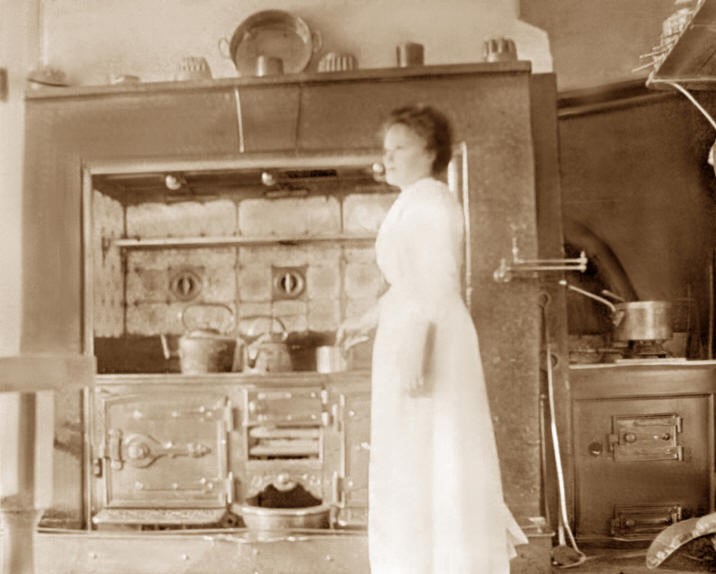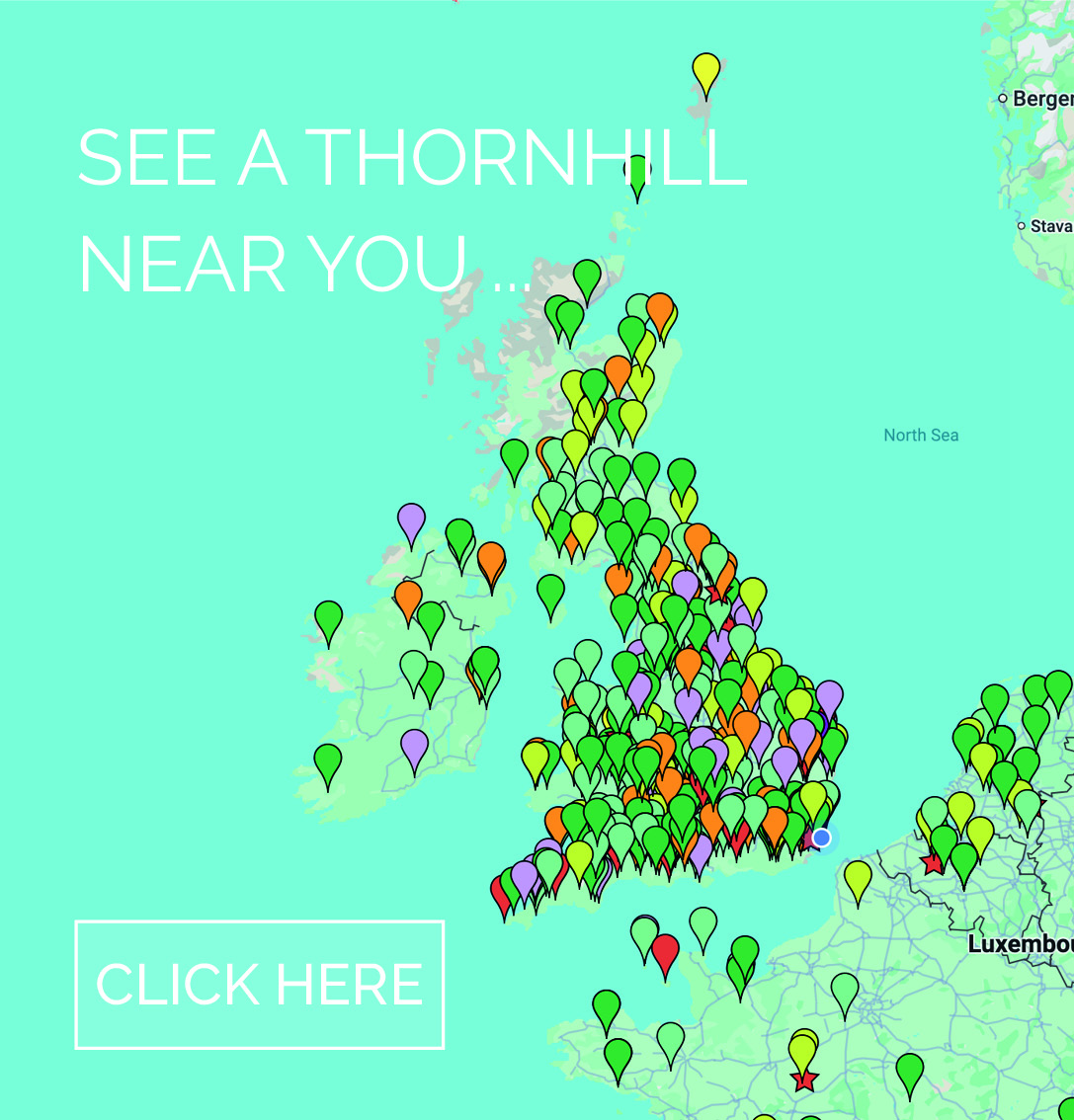History of the Iron Cooker
A Brief History of the Iron Range Cooker
by Graham Thornhill
Wood was used as a cooking source in Britain and continental Europe until the 16th century. When coal was discovered as a heat source, it gradually replaced wood in Britain. Other countries in mainland Europe didn’t have the readily available supplies that we had, and it is here that the wood burning stove had its origins. The British were introduced to the idea of a wood burning stove in the 17th century, when they saw them in the Dutch and German communities in the New World, where coal had not yet been discovered.
The 18th century saw rapid changes in the UK, with the coming of the Industrial Revolution. Abraham Derby was one of the instigators when, in about 1709, he dramatically reduced the production costs of casting iron by perfecting a method of smelting iron with coke. Cast iron and steel are ideal materials for stoves and cookers, and this major production cost reduction allowed more efficient fires and stoves to be built.
Paintings of cottage interiors show large fireplaces with brick sides surrounding a small wood fire or, for the better off, a small grate for coal, over which cooking pots were hung. This crude system remained current in poorer houses until well into the 19th century.
In large country houses where money was no object and households were much larger, we can see the start of the modern range. Open spit cooking was used a lot for the meat and hobs could be used for pans.
By the mid-19th century, cast iron ranges were in common use, as the costs of transporting heavy goods were dramatically reduced with the coming of railways. Examples of some of these large ranges can still be seen preserved in country houses.

The range shown here would have suited a large Victorian family with a small number of servants. Smaller ovens with open grates would have been used by the less well-off. This photograph shows my grandmother (Graham Thornhill), Polly Black, at Withdean Court in Brighton circa 1906. My grandmother moved to Brighton to take up a post as kitchen maid at Withdean Court. Her cooking skills were soon recognised by her employers and she was then trained at the Grand Hotel as a Cordon Bleu cook!
The comfortable, homely, solid enamelled look, loved by the British (and increasingly popular in continental Europe), dates from the late 1920s and early 1930s. Some of the original fuel models are still in use today, 75 years on. The ESSE foundry was probably one of the first to provide this style of range – but now the Aga range cooker, originally Swedish – has probably become the most famous ‘British’ style heavy iron range cooker.
Electric, gas, fan, microwave and steam ovens have arrived on the scene, but in our opinion, none of them can match the delicious flavour, texture and evenness of food cooked in a heavy iron range cooker.



